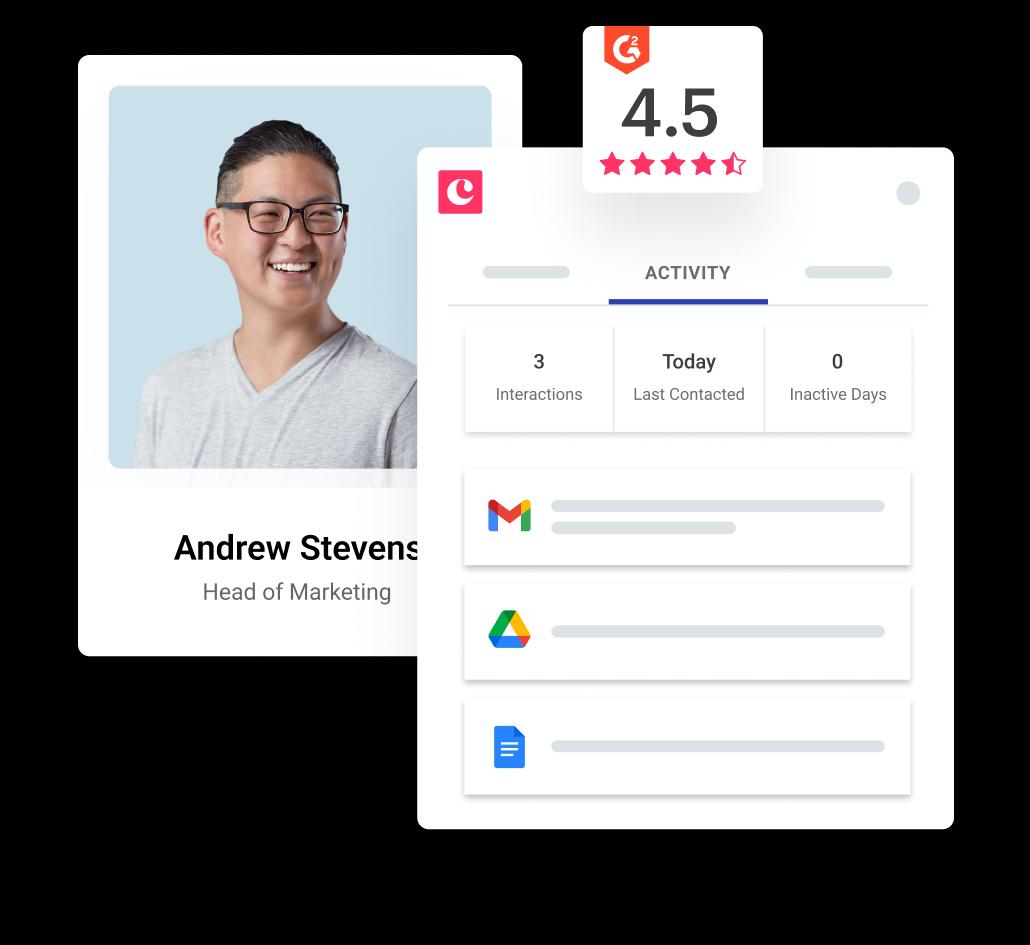Copper Staff
Contributors from members of the Copper team
“GE's earnings fell short of Wall Street's expectations on Friday as profits were weighed down by restructuring costs and weak performance”
“Cisco Ups Layoffs to 6,600 After Big Forecast Miss”
“REV Group Dives After Q4 Earnings, Sales Miss”
Such news stories are every company’s worst nightmare. Knowing where your business will be in upcoming quarters is critical, especially for Sales because that’s where a company’s fate is ultimately decided. Can we gain a customer? Can we bring in the cash? Will our company’s efforts actually pay off?
To nail this critical part of business planning, many leaders turn to CRMs that promise fancy reporting and the best insights. In fact, in 2015, they spent $26.3 billion on CRM software – a 12% jump from 2014.
According to SiriusDecisions research, however, a staggering 79% of sales organizations miss their forecast by 10% or more, leading to failures that not even enterprise-level corporations are immune to. (More on sales forecasting here.)
Is there something fundamentally wrong with a CRM system’s ability to calculate or make predictions that leads to such a debilitating problem? No. The issue has a much more persistent cause: most CRMs are loaded up with poor quality data.
Relying on bad data in your business is like trying to drive to an unfamiliar office with a GPS that’s on the fritz. You know where you want to go, but you can’t trust Siri to get you there. Sure, you might still make it to the office with a good sense of direction and a little knowledge about local geography, but you’ll be frazzled as you walk into your meeting 20 minutes past the hour.
Arriving late and distracted to one meeting isn’t going to sink your sales team, but building your entire strategy on poor data? That could certainly do the job.
How Poor Data Happens
With stakes this high, why is it that so many companies have poor data going into their CRMs? How does this happen?
The truth is, getting quality data into a CRM can be an uphill battle. Why?
Salespeople Naturally Resist CRM
There are many reasons your team may be resisting this technology, despite its potential to make them more successful. Some salespeople believe providing visibility around contacts, conversations and activities to managers is too invasive. Others are used to keeping track of client details on their own spreadsheets and walls of sticky notes. Or, they might even remember all the other details that allow them to form relationships with prospects.
While some of your team will try to resist CRM implementation indefinitely, there’s one great way to soften their attitudes: choose a CRM that has clear, everyday benefits that solve their most annoying problems without asking them to spend hours doing data entry. Your sales team is, after all, responsible for keeping the CRM updated day in and day out. Shouldn’t this part of the technology be as easy as (or easier than) printing all those fancy reports?
Data Entry is Distracting
The greatest barrier to CRM adoption is how time-consuming it is to enter all that data. According to PaceProductivity, salespeople spend almost a quarter of their time (23%) doing administrative tasks such as data entry, while spending less (22%) on actually selling.
Think about it. After every sales call, email, or other touchpoint, your team must switch over to the CRM. From there, they have to find the right fields, type in everything they’ve learned about a prospect, note actions potential customers took toward or away from the sales funnel, and log the fact that a touchpoint attempt was made at all.
To many salespeople, a CRM is not much more than a redundant, time-sucking monster whose insatiable appetite for data threatens to take away from precious selling time.
Popular Solutions to Poor CRM Data
So, how are sales leaders trying to tackle chronic CRM data inaccuracy? Many try:
- More Rules. Some managers make it mandatory to track everything, but inevitably they struggle to motivate such dedication to this mind-numbing task.
- More Training. Many pull their staff off the job for additional training to ensure their team understands how to input accurate, quality data into a complex system. Essentially, these managers extend that expensive, resource-heavy implementation period before their CRM is truly adopted across the company.
- More Staff. Still others hire additional staff to help keep up with data entry, significantly hurting their bottom line.
How effective are these strategies? Let’s look at the best and worst cases.
CRM Enforcement: Best Case Scenario
The best possible outcome is that these efforts to turn sales teams into CRM-using machines, at a significantly higher cost than expected. You’re able to feed enough accurate data into the CRM for long enough to get some great insights, which might point to certain processes that are more effective or markets that are more lucrative. But, in order to take advantage of this new information, your team will need to spend more time selling, which they can’t do because a quarter of their day is data entry.
CRM Enforcement: Worst Case Scenario
And the worst possible outcome? All efforts to enforce adoption fail. Poor data leads your team down the wrong path. You’ve wasted resources on implementing software that no one uses. Your boss doesn’t trust the reports you send her, and your team doesn’t trust any new initiatives based on CRM “insights.” Instead, they listen to their guts and experience, obliterating any remaining hope of implementation.
Are the Bells and Whistles Worth It?
If you’ve been down this path before, you’ve probably already looked at switching CRMs. Maybe you started comparison shopping, closely examining chart after chart of features that tout fancy reports and other bells and whistles.
Knowing what you do about how hard it is to get the right data keyed in in the first place, however, you may find yourself asking if it’s worth it. In fact, is any CRM software worth it?
This is what we call the CRM Catch-22: having the need for a good CRM to stay competitive, but faced with the impossible task of finding one your team will actually use. Stay tuned for the next article in this series to learn about this trap that far too many sales managers fall into – and how to avoid it.










